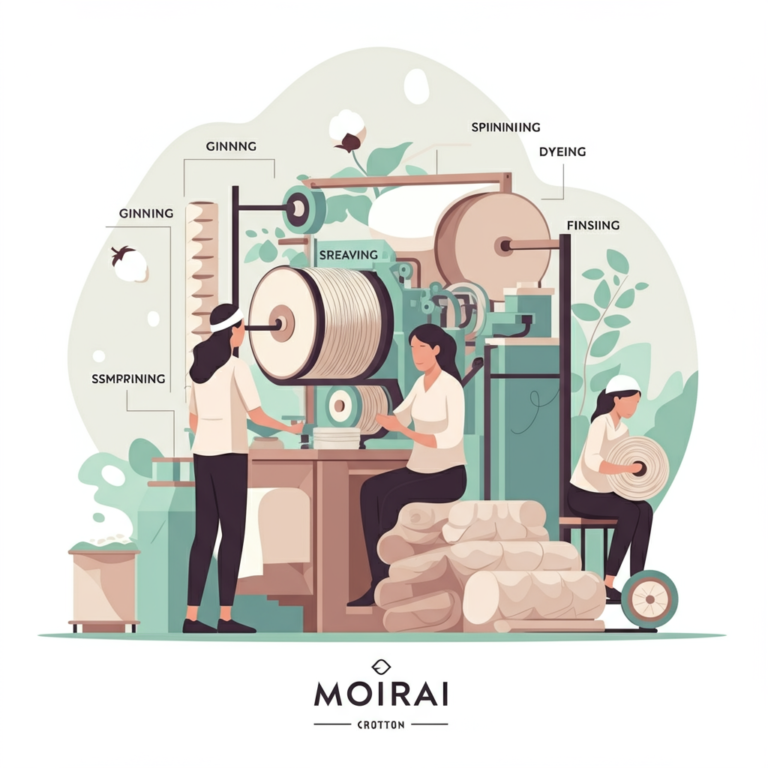
The event, and also the development of the, is generally within a linear way and industries are prime for any econo
Indian cotton textiles, specially those from Bengal, continued to maintain a competitive benefit up until the nineteenth century. To be able to compete with India, Britain invested in labour-saving technical progress, whilst employing protectionist policies for example bans and tariffs to limit Indian imports.[38] Simultaneously, the East India Firm's rule in India opened up a completely new market for British items,[38] when the capital amassed from its rule was applied to speculate in British industries like textile producing and drastically maximize British wealth.[39][forty][forty one] British colonization also compelled open up the big Indian sector to British items, which can be sold in India without the need of tariffs or responsibilities, in comparison with area Indian producers, whilst raw cotton was imported from India without tariffs to British factories which manufactured textiles from Indian cotton, providing Britain a monopoly above India's massive current market and cotton resources.
Linters are traditionally used in the manufacture of paper and as being a raw product in the manufacture of cellulose. In the united kingdom, linters are referred to as "cotton wool".
While in the nineteen fifties and '60s, a lot of personnel came in the Indian sub-continent and have been inspired to search for perform in Lancashire.
[forty] The creation of cotton, which can have mostly been spun from the villages after which taken to towns in the form of yarn being woven into cloth textiles, was State-of-the-art through the diffusion in the spinning wheel across India Soon ahead of the Mughal period, decreasing the costs of yarn and encouraging to enhance desire for cotton. The diffusion with the spinning wheel, and the incorporation of the worm gear and crank handle into your roller cotton gin, resulted in tremendously expanded Indian cotton textile creation in the course of the Mughal period.[41]
India is rated as the 2nd-biggest cotton producer with the biggest cotton-rising space on earth. It's got the advantage of reduced-Value cotton sourcing and the common wage rate in India is about fifty-sixty% decrease than in created nations around the world, which benefits India in the event of international outsourcing trends.
Market place: The desire in attire is consistently directed by style. Generally speaking, built materials items are noteworthy in character. Through time, the flavor of purchasers and the style of most people will as a rule adjust Specifically.
Explore TWOPAGES Curtains for Living Room. From curtain ideas for lounge that include class to simple solutions for gentle Handle and privateness, our curtains are crafted to match every single flavor and want. Check out an assortment of selections to create a cozy and inviting retreat.
HMA supplies a advertising and marketing System towards the handloom weavers/companies to sell their goods on to the consumers and create and advertise the marketing channel via Arranging expos/gatherings in domestic together with export marketplaces.
It was initial launched in 2005 to encourage personal investments and work generations from the textile industry for a great infrastructure for crucial amenities.
For export of handloom products globally, the Handloom Export Promotion Council (HEPC) is taking part in many Worldwide fairs/occasions with handloom exporters/weavers to market their handloom items from the Worldwide markets less than NHDP.
Cotton is created in above 70 nations around the world, with the most important producers being India, China, The usa, Brazil, and Pakistan. These nations account For almost all of worldwide cotton output. India and China are not just key producers but also important shoppers of cotton, pushed by their substantial textile industries.
This section has to be up-to-date. Appropriate dialogue may be identified within the talk webpage. Please aid update this information to reflect current functions or newly offered facts. (April 2021)
The trendy cotton financial system is a dynamic and globally built-in sector that performs a critical position in the agricultural and industrial landscapes of numerous Cotton Textile Industry in India nations around the world.